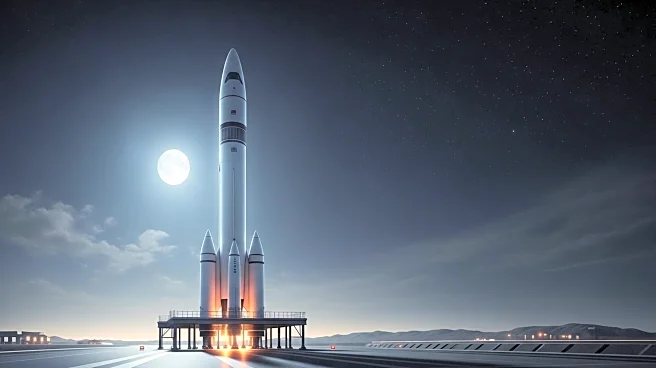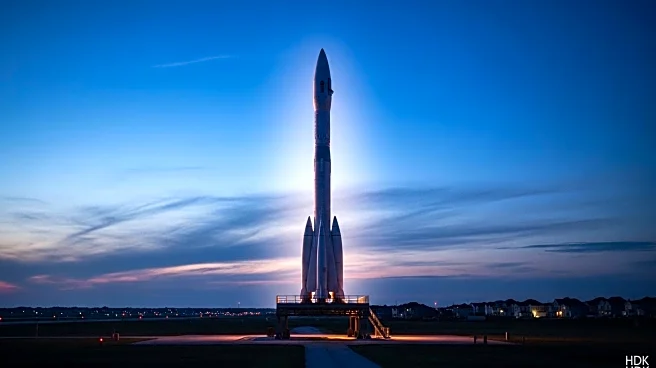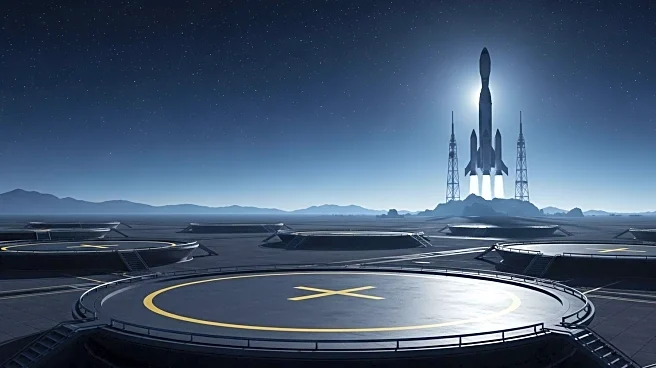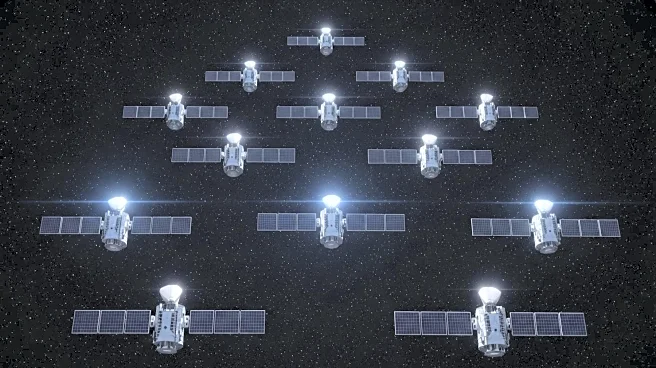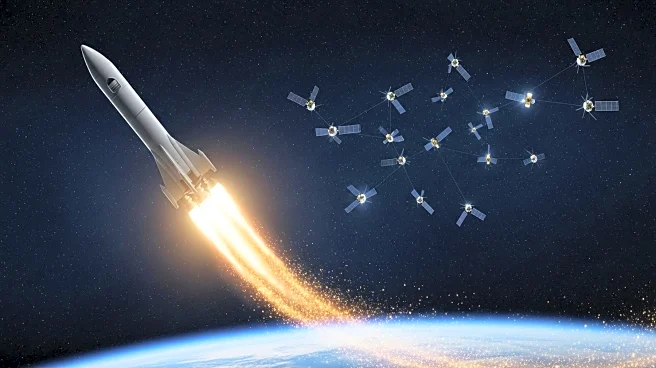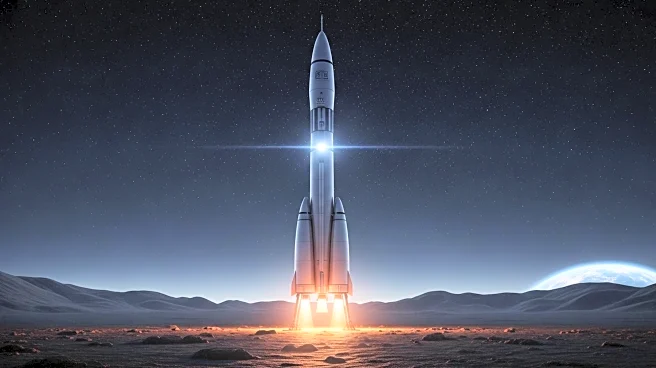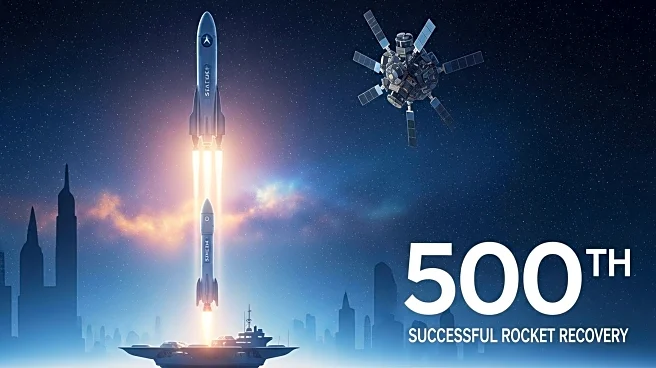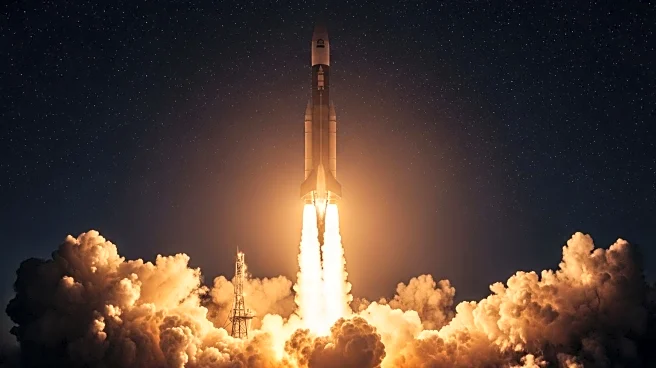What's Happening?
The Federal Aviation Administration (FAA) has approved an increase in Falcon 9 launches from Space Launch Complex 40 at Cape Canaveral Space Force Station, allowing up to 120 launches annually, up from the previous limit of 50. This decision follows an environmental assessment that found no need for a more rigorous impact study. The FAA's approval includes measures to minimize environmental effects, such as limiting off-road driving and artificial lighting. Meanwhile, the FAA is conducting public hearings on SpaceX's proposal for Starship launches from Kennedy Space Center, which could involve 44 annual launches and 88 landings.
Why It's Important?
The FAA's decision to increase Falcon 9 launch capacity reflects SpaceX's growing role in the commercial space industry and its ability to meet rising demand for satellite launches. This expansion supports SpaceX's transition to the Starship vehicle, which promises greater payload capacity and reusability. However, the environmental and community impacts of increased launch activity, particularly with the larger Starship, remain a concern. The FAA's ongoing review of Starship launches will address these issues, balancing technological progress with environmental stewardship and community interests.
What's Next?
SpaceX will continue to ramp up Falcon 9 launches while preparing for the transition to Starship. The FAA will finalize its environmental review of Starship launches, considering public input and potential mitigation strategies. The outcome will influence SpaceX's future operations and the regulatory framework for commercial space activities. Stakeholders, including local communities and environmental groups, will be closely watching the FAA's decisions and SpaceX's compliance with environmental measures.
